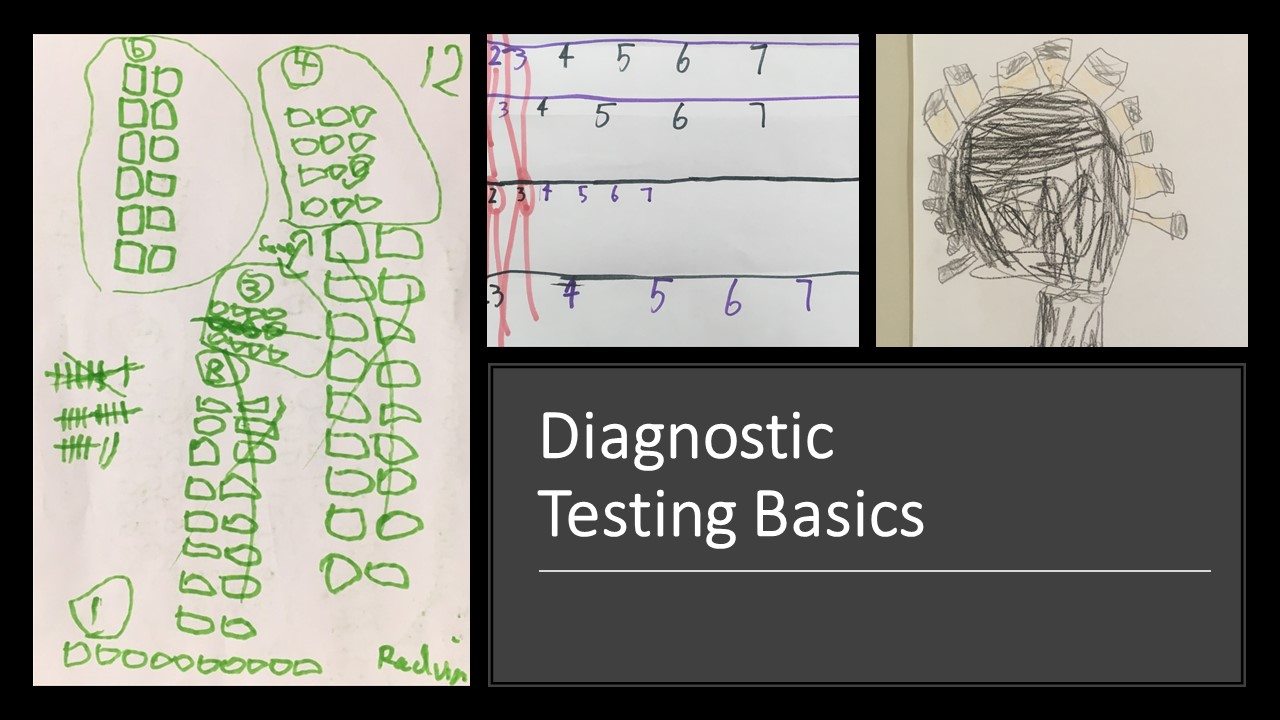
Formative assessment, developmental stages and starting the year well
The goal of formative assessment should always be to find out what each student NEEDS next, rather than focusing
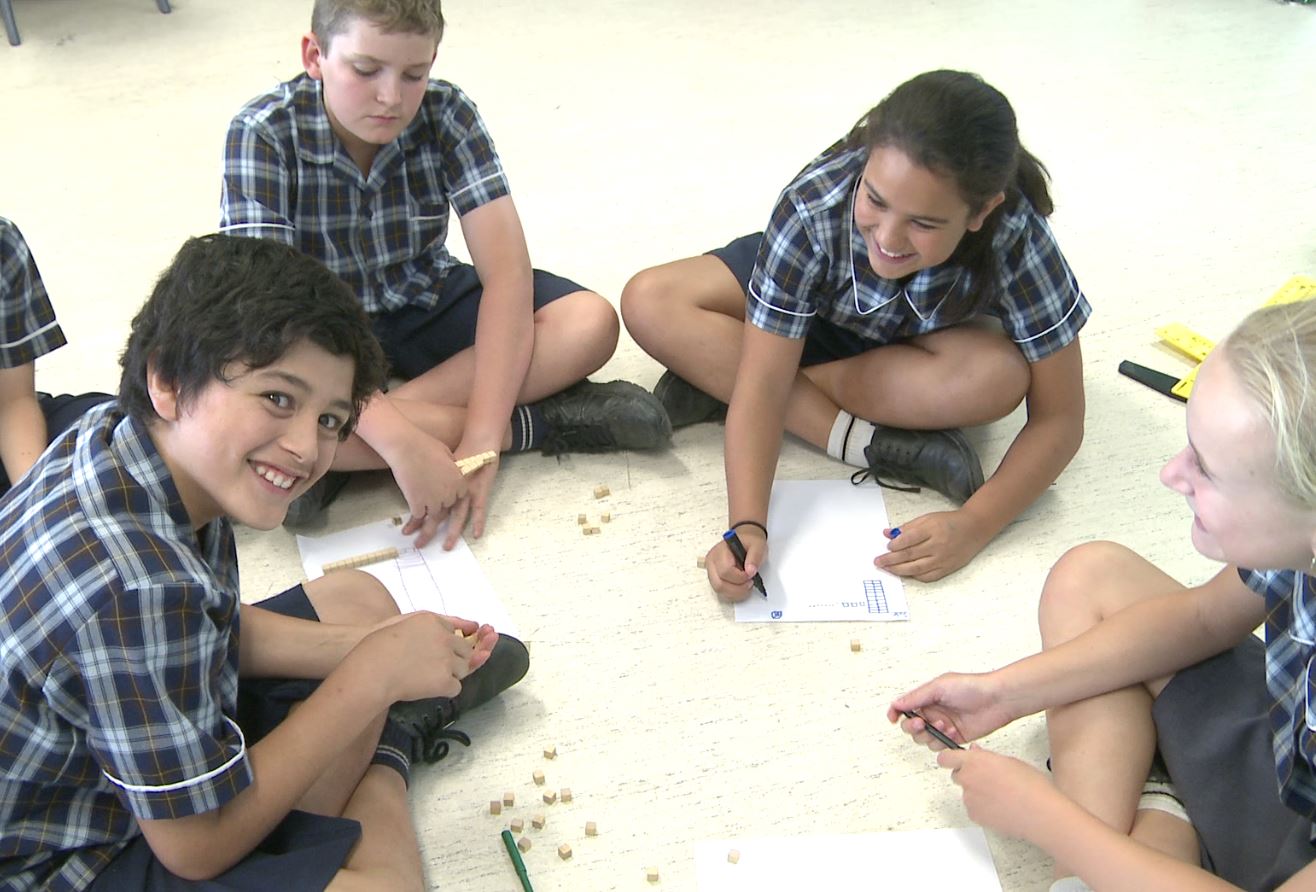
I find that having a bank of regularly-used, highly-motivating and quick rotation group activities saves me a lot of time and headaches when using rotation groups. Here are my top ten activities. If you are a member of the Back-to-Front Maths website then you can download most of the resources from here. We have also made sets of cards for use in the first three activities below, they are beautiful to use and require no work on your part to make them! Buy them here.
To find out how to use rotation groups without behaviour problems, check out this article.
And just because having more is always a bonus…
11. Making a number in as many ways as possible on mini magnetic white boards. They can stick on magnets to make it, write the words (or stick on magnetic words), draw it… Then have one person in the group take a photo of them holding their board at the end.

The goal of formative assessment should always be to find out what each student NEEDS next, rather than focusing
Recently I’ve been pondering findings from a major report into Australian schooling that kids who are struggling in maths by
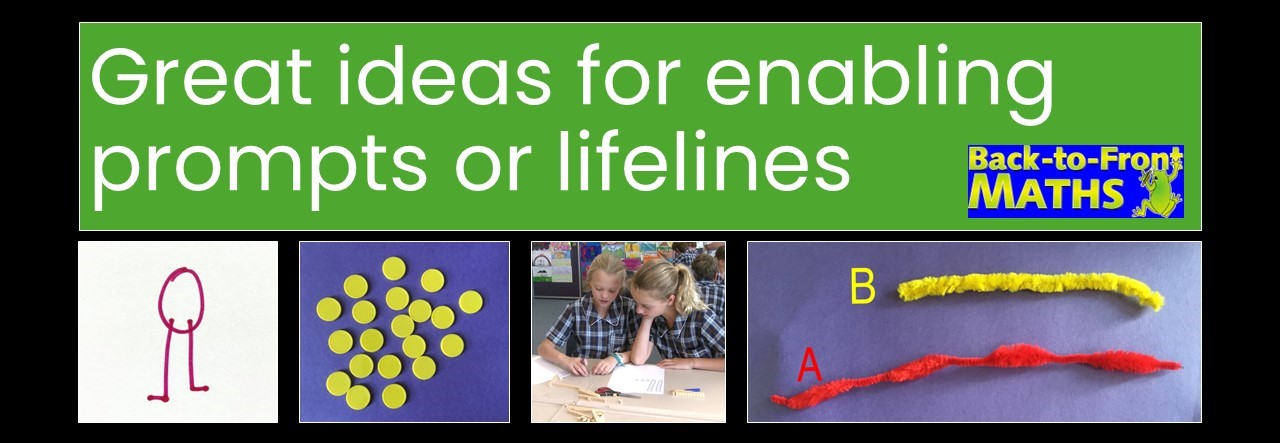
Enabling prompts or life lines are a fantastic way of helping students who are stuck to get started. They do not reduce
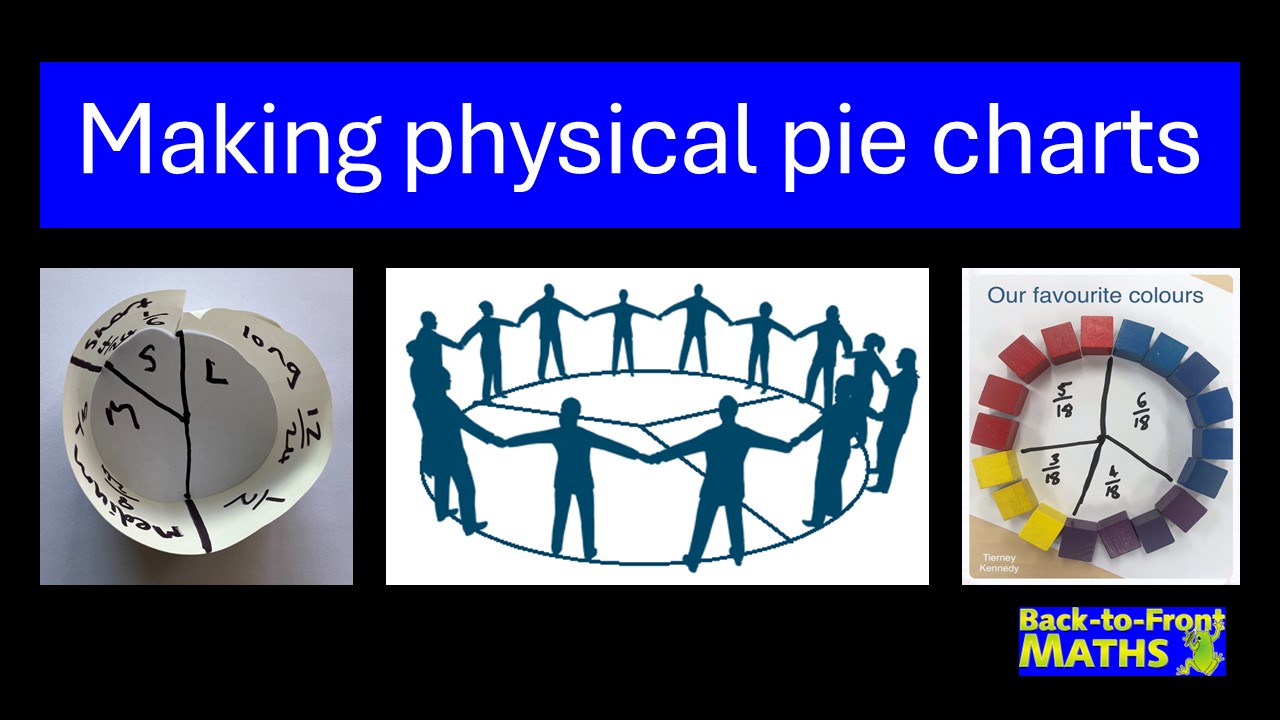
Pie charts are an awesome way of linking statistics, fractions and angles, however they can often be difficult for students
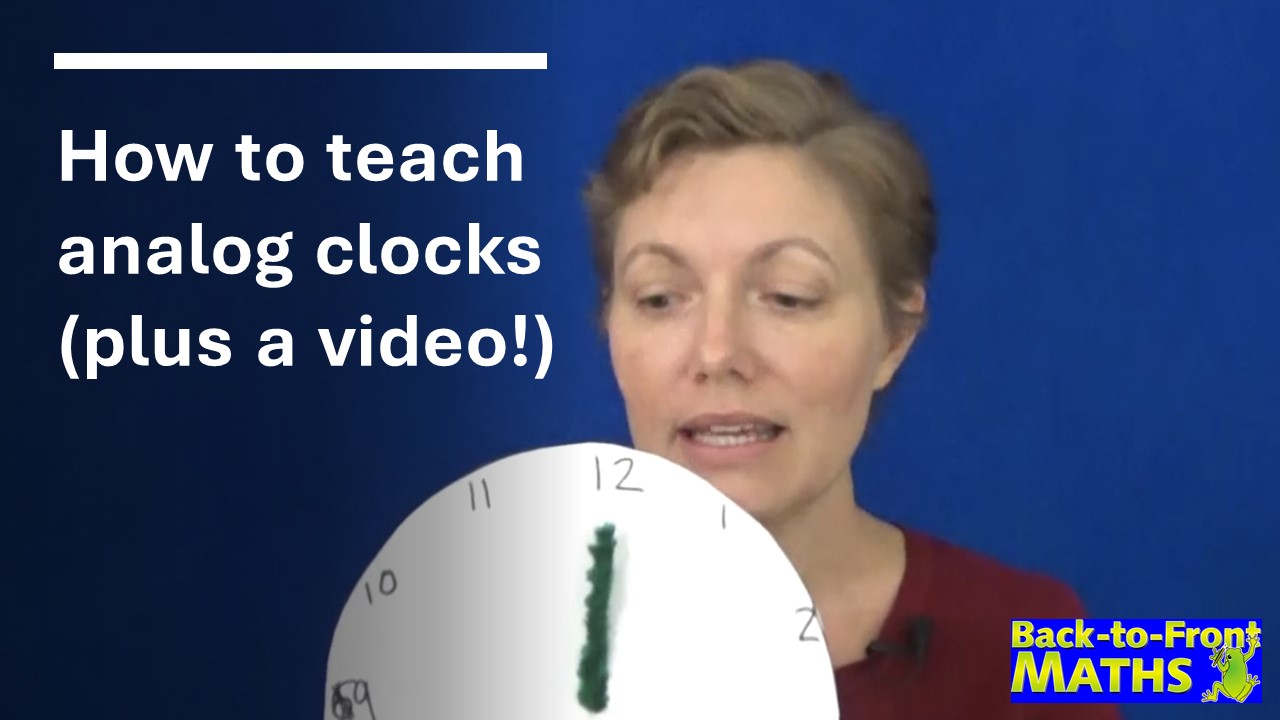
While it may sound counter-intuitive, the easiest way to learn to tell the time is to remove the minute hand
Hundreds charts are great for connecting tens and ones. Why not turn one into a jigsaw puzzle to use in

KENNEDY PRESS PTY LTD
FOR ALL ENQUIRIES, ORDERS AND TO ARRANGE PD:
© COPYRIGHT 2023 KENNEDY PRESS PTY LTD ALL RIGHTS RESERVED TERMS & CONDITIONS